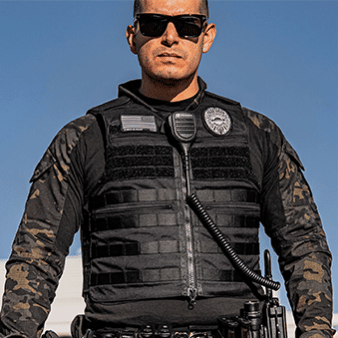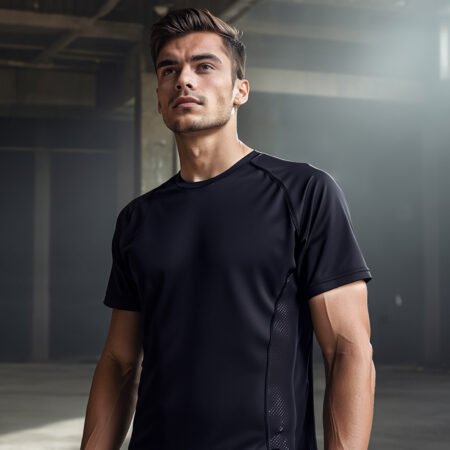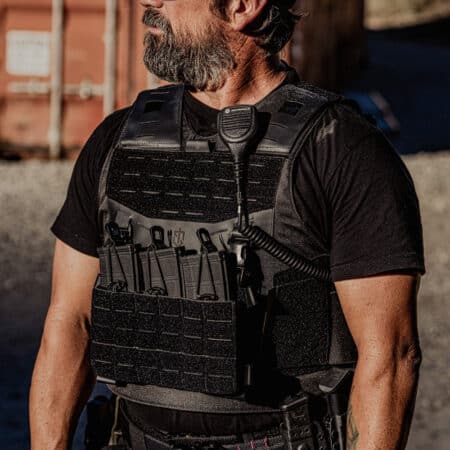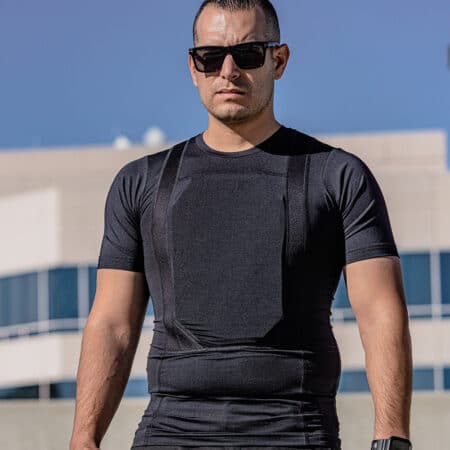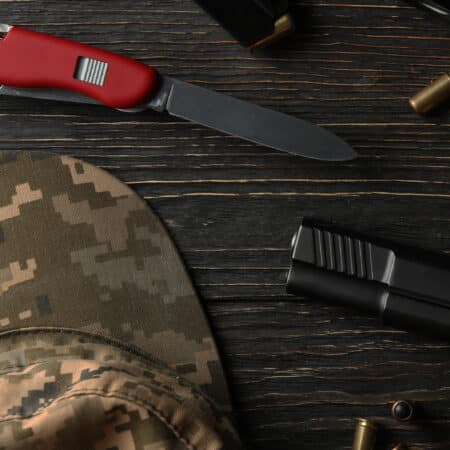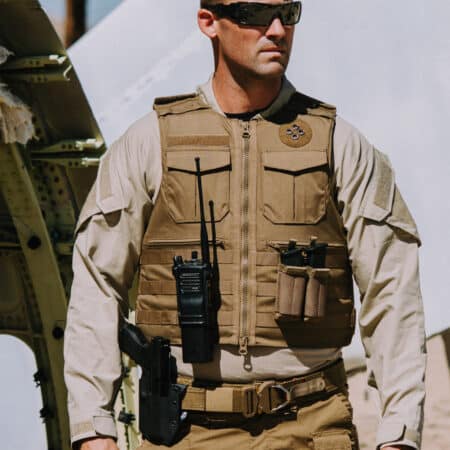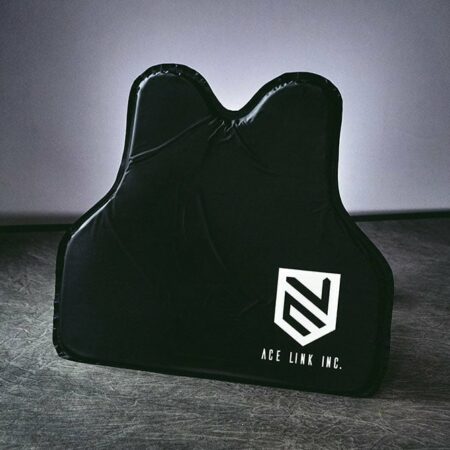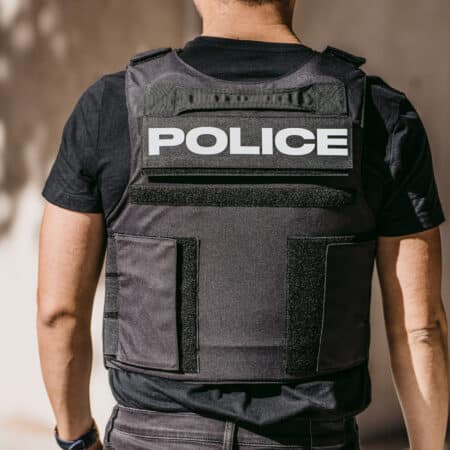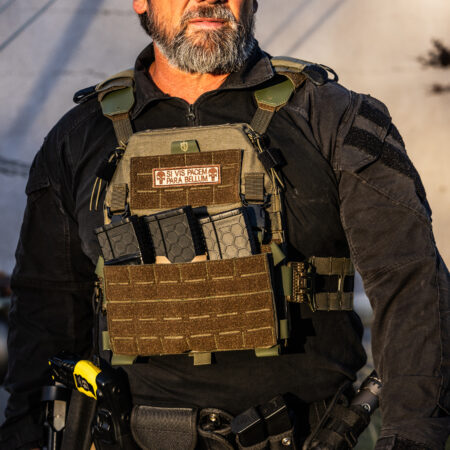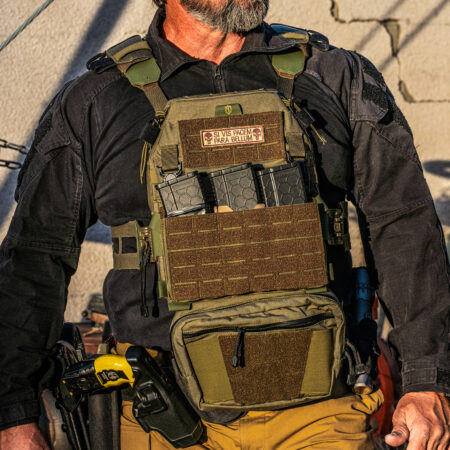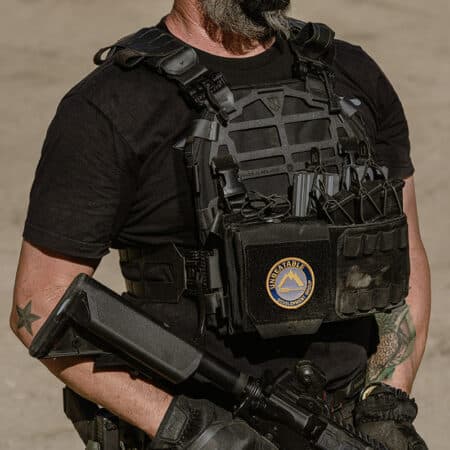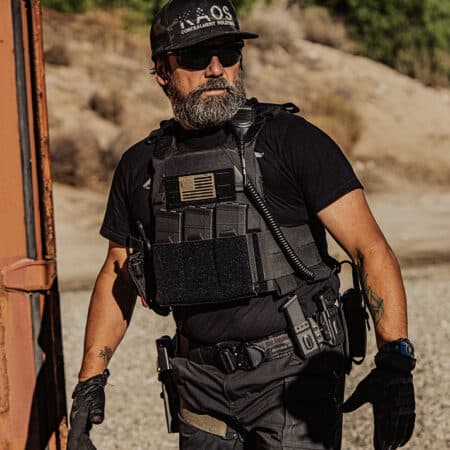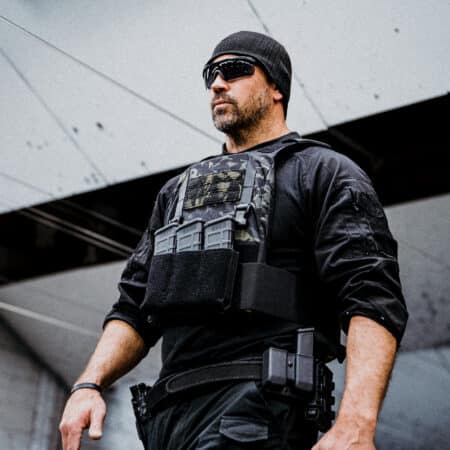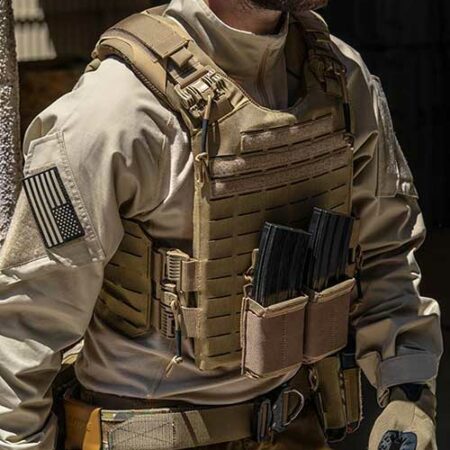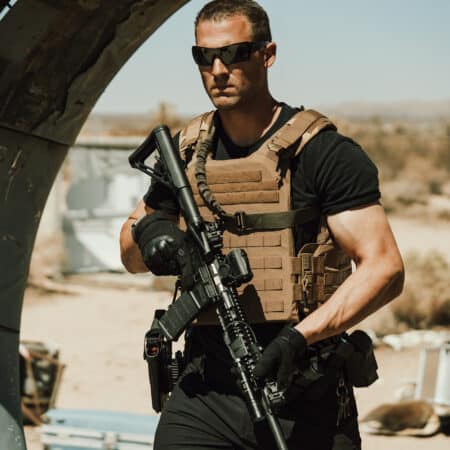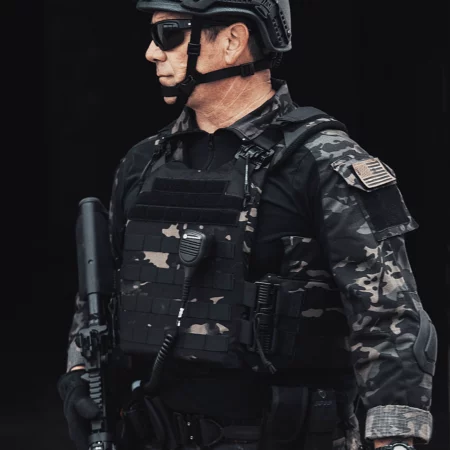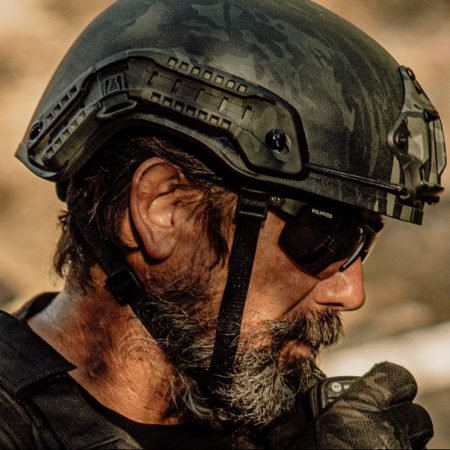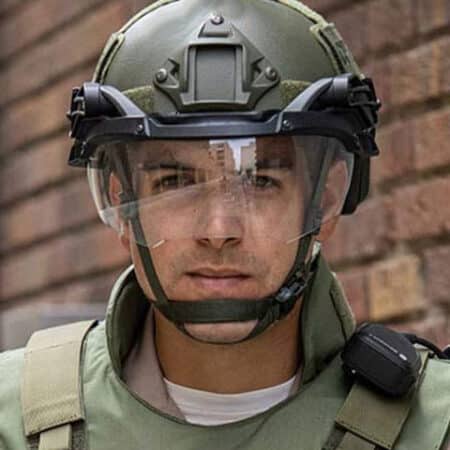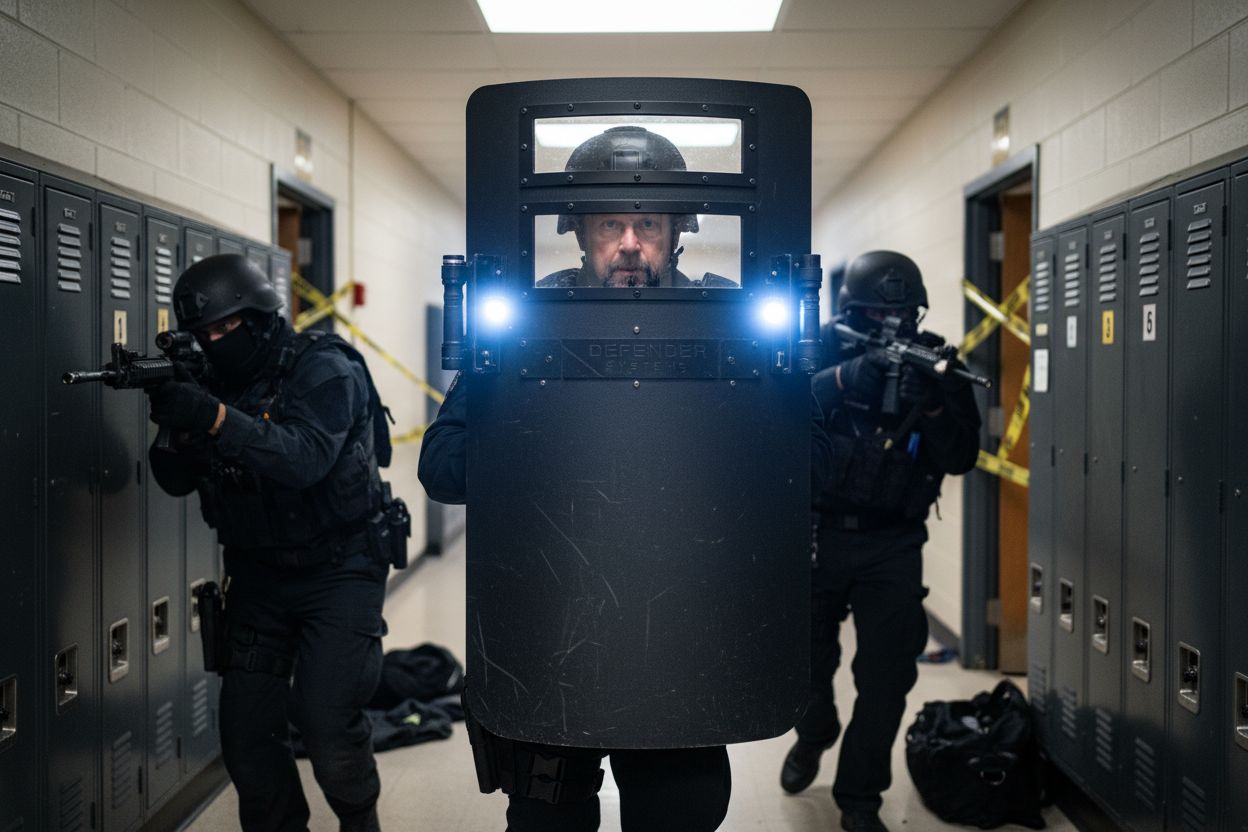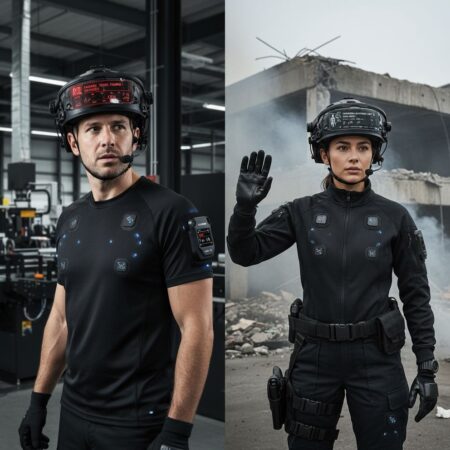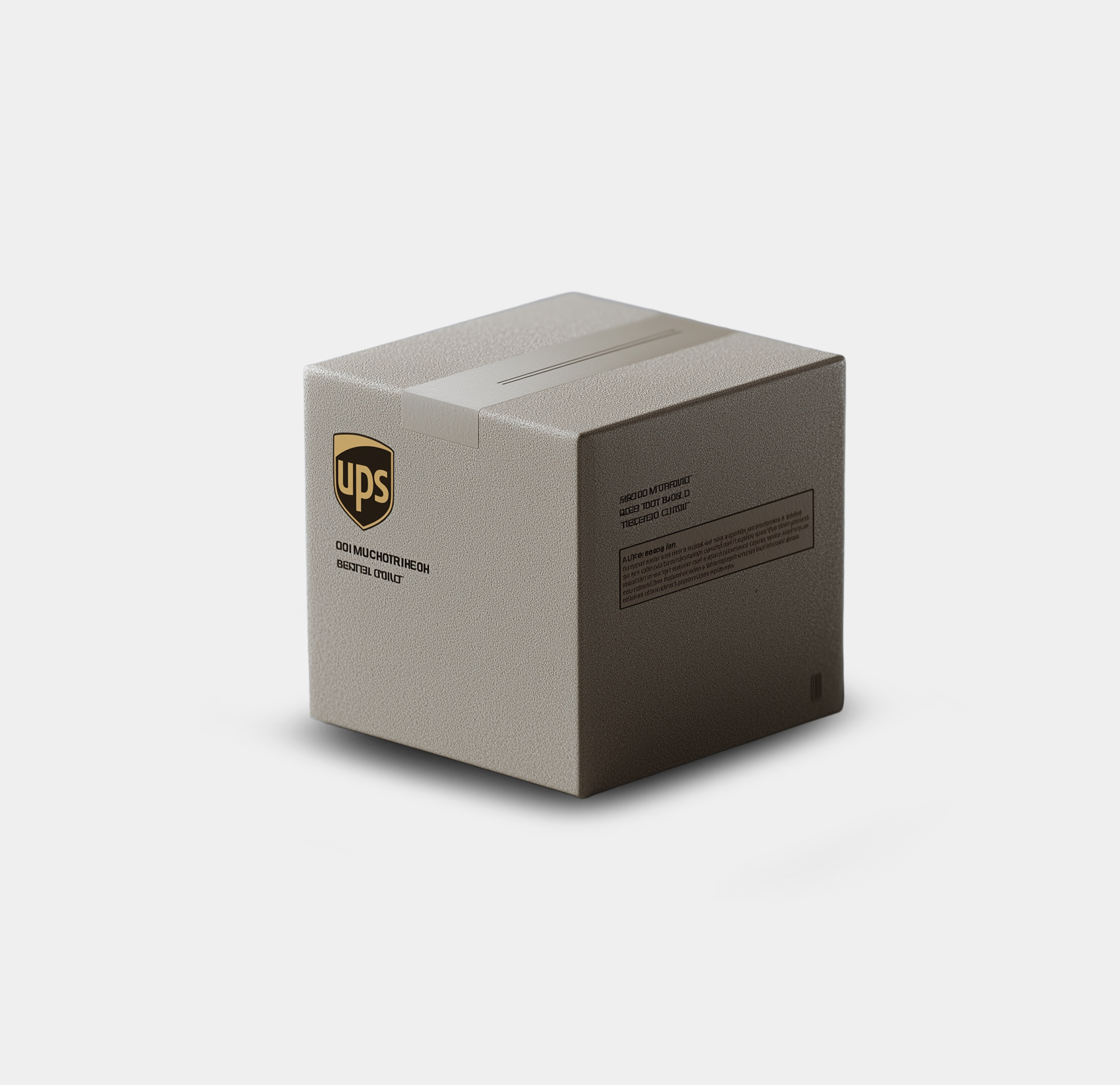- Key Takeaways
- Table of Contents
- Defining Ballistic Shields in Active Shooter Incidents
- Types and Protection Levels of Ballistic Shields
- Key Features and Materials for Modern Ballistic Shields
- Deployment Tactics and Real-World Applications
- Training, Use Protocols, and Legal Considerations
- Limitations, Risks, and Common Mistakes to Avoid
- Achieve Real Protection with Premium Ballistic Shields and Tactical Gear
- Frequently Asked Questions
- Recommended
Every minute counts in an active shooter crisis, and ballistic shields have proven life-saving. Studies show that the presence of ballistic shields can reduce casualties by up to 50 percent during high-risk incidents. Understanding what sets these protective devices apart can mean the difference between safety and vulnerability. Learn how modern materials, smart design, and tactical deployment make ballistic shields a vital tool for law enforcement facing the most dangerous threats.
Key Takeaways
| Point | Details |
|---|---|
| Importance of Ballistic Shields | Ballistic shields are essential tactical tools that provide personal protection during active shooter situations, enabling safe advancement towards threats. |
| Protection Levels and Materials | Shields are categorized by protection levels, with advances in materials like UHMWPE and ceramics enhancing both weight and effectiveness against various ammunition types. |
| Tactical Versatility | Modern ballistic shields function beyond passive barriers, offering mobile cover, support for rescues, and strategic advantages in high-risk environments. |
| Training and Protocols | Effective use of ballistic shields requires comprehensive training on deployment techniques, legal considerations, and coordination in tactical scenarios. |
Table of Contents
- Defining Ballistic Shields In Active Shooter Incidents
- Types And Protection Levels Of Ballistic Shields
- Key Features And Materials For Modern Shields
- Deployment Tactics And Real-World Applications
- Training, Use Protocols, And Legal Considerations
- Limitations, Risks, And Common Mistakes To Avoid
Defining Ballistic Shields in Active Shooter Incidents
A ballistic shield represents a critical piece of tactical equipment designed to provide portable, personal protection during high-risk scenarios like active shooter incidents. Read our comprehensive guide on body armor protection to understand how these shields work.
According to the Department of Homeland Security, ballistic shields are specialized devices constructed from ballistic-resistant materials engineered to protect users from small arms fire and fragmentation during tactical operations where conventional cover is unavailable. These shields serve as a mobile barrier, enabling law enforcement and security personnel to advance toward threats while maintaining personnel safety.
Key characteristics of modern ballistic shields include:
- Lightweight construction using advanced materials like ultra-high-molecular-weight polyethylene (UHMWPE)
- Protection levels ranging from NIJ Level IIIA to Level IV
- Ergonomic designs allowing rapid deployment and movement
- Transparent viewing ports for situational awareness
- Varying sizes to accommodate different tactical scenarios
In active shooter situations, ballistic shields transform from passive protection to an active tactical tool. They provide critical advantages by allowing trained personnel to:
- Create mobile cover during building entry
- Shield wounded individuals during rescue operations
- Neutralize shooter’s positional advantages
- Provide psychological deterrence against attackers
Tactical versatility makes ballistic shields a game-changing technology in modern law enforcement and security response strategies.
Types and Protection Levels of Ballistic Shields
Ballistic shields are categorized into multiple protection levels, each designed to counter specific types of ballistic threats. Explore our Level IV armor plate options to understand the highest level of protection available.
According to the National Institute of Justice (NIJ), portable ballistic shields are classified based on their ability to stop various ammunition types, ranging from small caliber .22 LR rounds to high-powered 12-gauge rifle slugs. This standardized classification enables law enforcement agencies and security professionals to select shields that precisely match their operational risk environment.
NIJ Protection Levels for Ballistic Shields
Here’s a summary of NIJ ballistic shield protection levels:
| NIJ Level | Typical Threats Stopped | Common Materials |
|---|---|---|
| Level IIIA | Most handgun rounds .357 Magnum .44 Magnum |
UHMWPE Kevlar |
| Level III | Rifle rounds 7.62×39mm AK-47 |
UHMWPE Ceramics |
| Level III+ | Multiple rifle rounds Enhanced 7.62mm & 5.56mm |
UHMWPE Ceramics Composite blends |
| Level IV | Armor-piercing rifles .30-06 AP |
Ceramics Advanced composites |
Shield protection levels are typically defined by their capability to stop specific ammunition types:
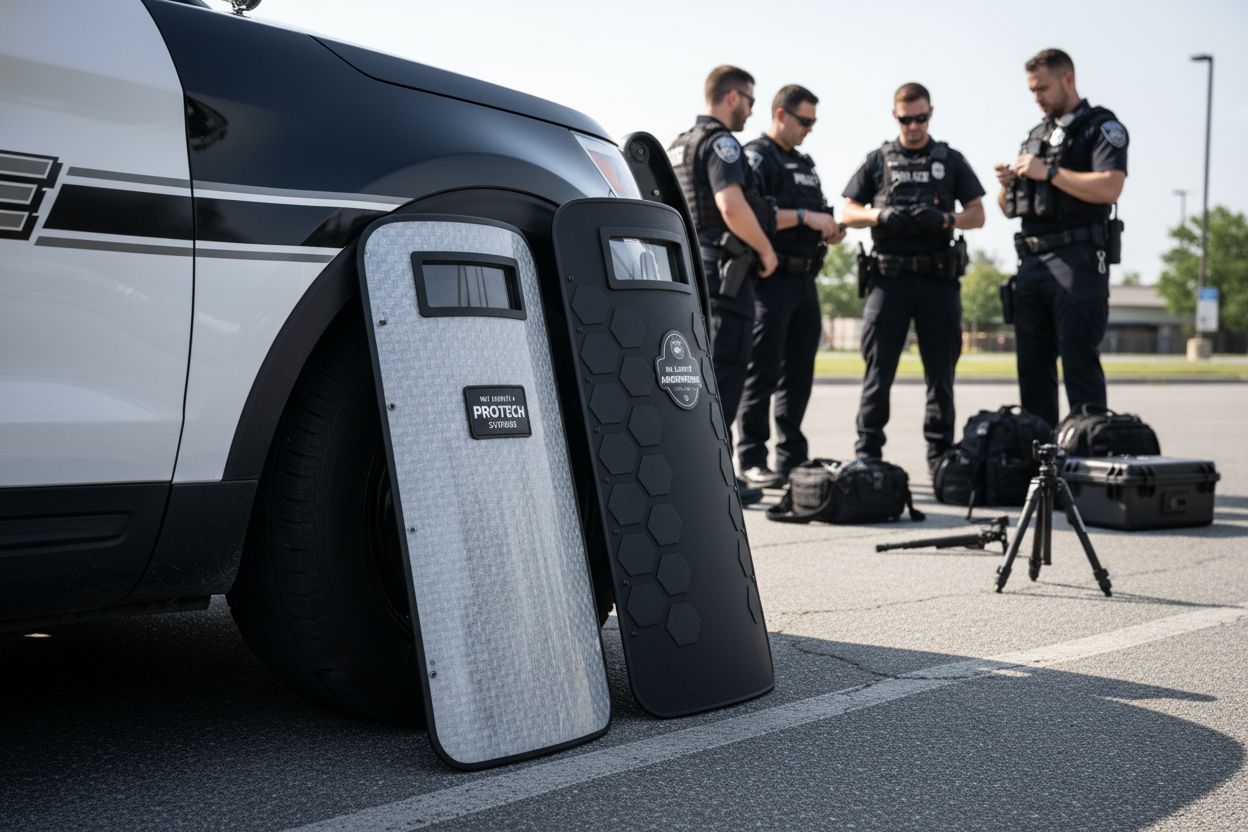
- Level IIIA: Protects against most handgun rounds including .357 Magnum and .44 Magnum
- Level III: Stops rifle rounds like 7.62×39mm AK-47 ammunition
- Level III+: Advanced protection against multiple rifle round types
- Level IV: Highest protection level, capable of stopping armor-piercing rifle rounds
A notable example of advanced shield technology comes from Integris Composites, which introduced a Campus Response Shield rated at Level III+. This shield can effectively stop multiple high-velocity threats including:
- 7.62×51 mm NATO rounds
- 7.62×39 mm AK-47 ammunition
- 5.56×45 mm M193 rounds
Material composition plays a critical role in determining a ballistic shield’s protection level, with modern shields utilizing advanced materials like ultra-high-molecular-weight polyethylene (UHMWPE) and ceramics to provide lightweight yet robust protection.
Key Features and Materials for Modern Ballistic Shields
Discover the latest innovations in body armor design, which share similar technological advancements with modern ballistic shields. The evolution of shield technology has transformed these protective devices from basic barriers to sophisticated tactical equipment.
According to recent research, modern ballistic shields incorporate cutting-edge innovations that dramatically enhance their operational effectiveness. The Campus Response Shield exemplifies these advancements, weighing just 10 pounds and utilizing composite materials optimized for maximum mobility and multi-strike stopping power.

Critical Shield Design Elements
Key features of contemporary ballistic shields include:
- Lightweight Composites: Advanced materials like ultra-high-molecular-weight polyethylene (UHMWPE) reduce shield weight without compromising protection
- Integrated Technology: Built-in LED lights and modular mounting points for communication devices and cameras
- Enhanced Viewports: Improved transparent sections allowing better situational awareness
- Ergonomic Design: Contoured shapes that minimize operator fatigue during prolonged use
Technological innovations have transformed shields from passive protective equipment into active tactical tools. Modern designs prioritize:
- Rapid deployment capabilities
- Minimal weight impact on operator movement
- Adaptability to diverse operational scenarios
- Integration with other tactical communication systems
Material science continues to drive shield development, with ongoing research focusing on creating increasingly sophisticated protective technologies that balance weight, durability, and comprehensive threat mitigation.
Deployment Tactics and Real-World Applications
Check out our advanced tactical gear options for professional deployment and understand the critical nuances of shield deployment. Ballistic shields are far more than passive protective equipment – they represent dynamic tactical tools that fundamentally transform law enforcement and security response strategies.
According to the Office of Justice Programs, tactical training programs have developed comprehensive protocols for ballistic shield deployment. These programs teach multiple shield positions and advanced techniques that enable officers to maximize protection while maintaining operational flexibility.
Shield Deployment Positions
Tactical shield positions are strategically designed to provide maximum coverage and operational mobility:
- Shoulder Position: Provides full frontal protection during direct approach
- Combat Position: Allows quick transitions between movement and defensive stances
- Close-Quarter Position: Enables tight space navigation and room clearing
- Horizontal Position: Supports low-profile movement and ground-level threat management
In real-world applications, ballistic shields serve multiple critical functions:
- Provide mobile cover during high-risk interventions
- Enable coordinated two-officer formations
- Facilitate team stack entries in confined spaces
- Support rescue and extraction operations under active threat conditions
Tactical versatility defines modern shield deployment, transforming these protective devices from simple barriers into sophisticated, multi-functional tools that can dramatically alter the dynamics of high-risk confrontations.
Training, Use Protocols, and Legal Considerations
Explore our comprehensive body armor training resources to understand the critical importance of professional shield deployment preparation. Training for ballistic shield operators represents a complex and sophisticated process that extends far beyond basic equipment familiarity.

According to the Office of Justice Programs, shield operator training encompasses a comprehensive curriculum designed to transform tactical equipment into an extension of the operator’s capabilities. This structured training protocol emphasizes developing muscle memory, tactical awareness, and precise operational techniques.
Critical Training Components
Comprehensive shield operator training includes mastering several key skill domains:
- Basic Stances: Foundational positioning techniques ensuring maximum protection
- Combat Movements: Dynamic positioning and navigation strategies
- Weapon Handling: Techniques for managing firearms while maintaining shield coverage
- Coordinated Rescue: Team-based extraction and support methodologies
Legal considerations surrounding ballistic shield deployment are equally complex:
- Demonstrating reasonable force consistency
- Maintaining clear operational documentation
- Ensuring proper equipment maintenance and certification
- Adhering to departmental and regional use-of-force guidelines
Operational readiness demands not just technical proficiency, but a holistic understanding of tactical, legal, and ethical frameworks governing protective equipment deployment.
Limitations, Risks, and Common Mistakes to Avoid
Learn about advanced protective gear technologies that are addressing traditional ballistic shield limitations. Understanding the potential drawbacks of tactical equipment is crucial for developing effective operational strategies.
According to research from tactical equipment analysis, ballistic shields present several inherent limitations that can significantly impact operational effectiveness. These constraints range from physical design challenges to tactical deployment complexities that require specialized training and awareness.
Critical Shield Operational Limitations
Common challenges and risks associated with ballistic shields include:
- Weight Constraints: Shields can cause substantial operator fatigue during prolonged use
- Visibility Restrictions: Reduced field of view compromises situational awareness
- Mobility Challenges: Limited maneuverability in confined or complex environments
- Weapon Handling: Difficulties maintaining effective one-handed weapon engagement
Potential operational mistakes that tactical teams must actively avoid:
- Overreliance on shield protection without maintaining tactical flexibility
- Inadequate training in multi-person shield deployment techniques
- Failing to match shield protection levels with anticipated threat environments
- Neglecting ongoing equipment maintenance and certification
Tactical adaptability requires acknowledging these limitations and developing comprehensive training protocols that transform potential weaknesses into operational strengths through advanced preparation and strategic thinking.
Achieve Real Protection with Premium Ballistic Shields and Tactical Gear
Understanding the challenges faced in active shooter situations is crucial. As discussed in this guide, limited mobility, fatigue, and the need for rapid response are real pain points for professionals and safety-focused civilians alike. When every second counts, you cannot afford to compromise on gear quality or trust outdated equipment. Acelink Armor addresses these concerns by providing advanced ballistic shields, body armor, and tactical solutions that match or exceed the standards highlighted in the article. For example, our Level IV armor plate options deliver proven multi-threat protection, while our comprehensive body armor guide helps you select gear that meets your operational needs.
Are you fully equipped to handle the unpredictable? Visit AcelinkArmor.com now to upgrade your personal and professional protection. Shop the full range today and gain unmatched peace of mind in any high-risk scenario.
Frequently Asked Questions
What are ballistic shields used for in active shooter incidents?
Ballistic shields are designed to provide portable protection for law enforcement and security personnel during high-risk situations such as active shooter incidents, allowing them to advance toward threats while maintaining safety.
What are the different protection levels for ballistic shields?
Ballistic shields are classified by the National Institute of Justice (NIJ) into levels, including IIIA, III, III+, and IV, each providing varying degrees of protection against specific types of ammunition. Level IIIA shields stop most handgun rounds, while Level IV shields can stop armor-piercing rifle rounds.
What materials are modern ballistic shields made from?
Modern ballistic shields utilize advanced materials like ultra-high-molecular-weight polyethylene (UHMWPE) and ceramics, which offer lightweight yet robust protection, enabling users to maintain mobility while mitigating threats.
What are the common deployment positions for ballistic shields?
Common deployment positions for ballistic shields include the shoulder position for frontal protection, combat position for quick transitions, close-quarter position for navigating tight spaces, and horizontal position for low-profile movement and ground-level threat management.
Recommended
- Stab-Proof and Bulletproof Armor Panel 6×13″ – Ace Link Armor
- Rifles vs Shotguns vs Pistols: Which is best for home defense – Ace Link Armor
- Level 3+ Ceramic Multi-curve Plate 10×12″ – Ace Link Armor
- Level IIIA Ballistic Visor for Tactical Helmet – Ace Link Armor


